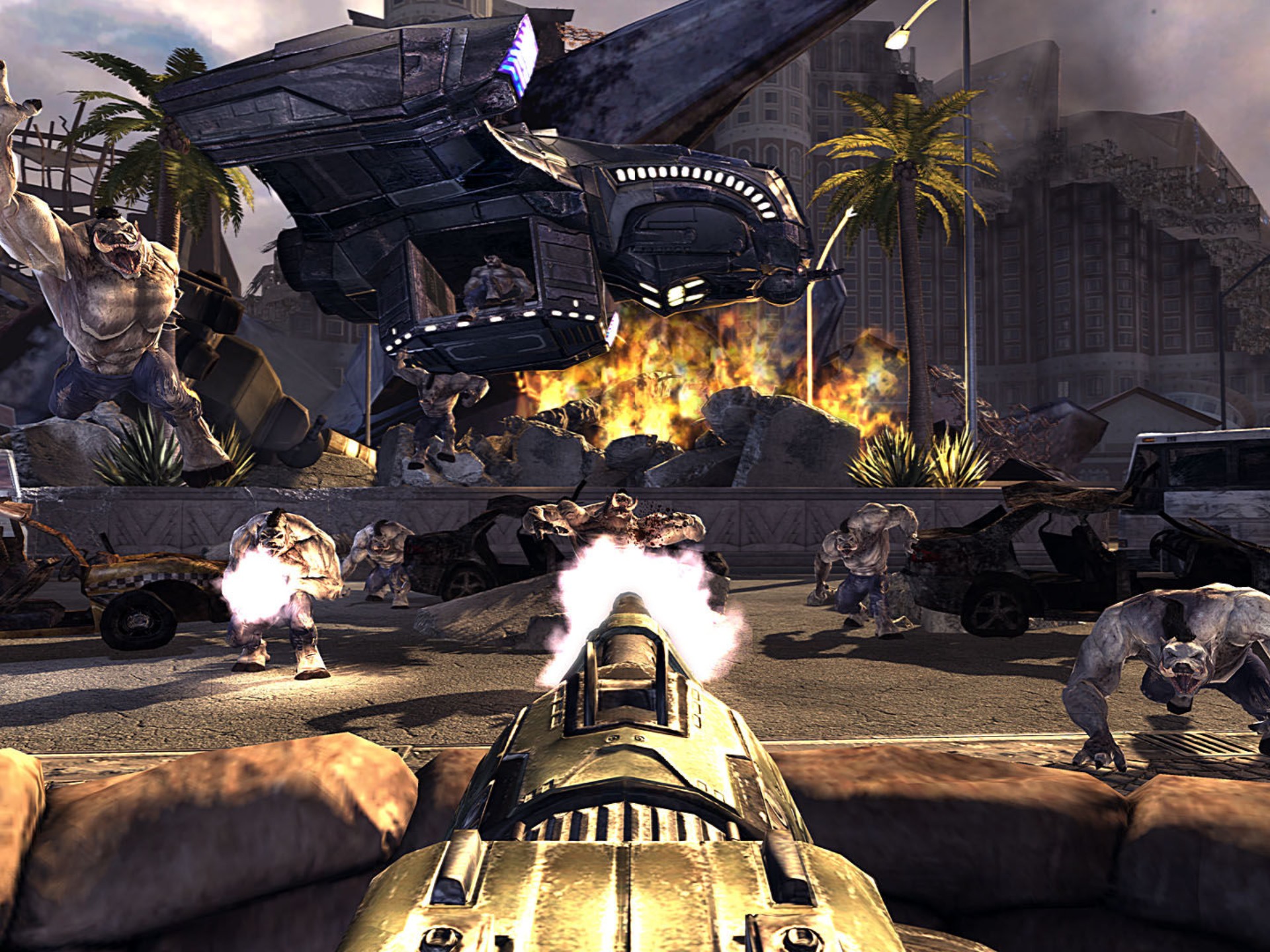Why Its Community Hates the Developers: A Deep Dive into Player-Dev Conflict
Introduction
In the world of gaming and software development, few relationships are as volatile as the one between a passionate community and the developers behind their favorite product. While some studios enjoy unwavering support, others face relentless backlash—sometimes justified, sometimes not. But why does this animosity exist? Why do communities often turn against the very people who create the experiences they love?
This article explores the root causes of player-developer conflicts, examining common grievances, communication breakdowns, and how both sides can bridge the gap.
1. Broken Promises and Unmet Expectations
One of the biggest reasons communities turn against developers is unfulfilled promises. Whether it’s delayed features, canceled content, or misleading marketing, players feel betrayed when expectations aren’t met.
Case Study: No Man’s Sky (2016)
At launch, No Man’s Sky was infamous for missing key features advertised before release. The backlash was so severe that developer Hello Games went silent for months before gradually rebuilding trust through updates.
Key Takeaway: Overpromising and underdelivering erodes trust. Transparency about development challenges can mitigate backlash.
2. Poor Communication and Lack of Transparency
Players crave open dialogue with developers. When studios go silent—especially during controversies—frustration grows.
Example: Blizzard’s "Do You Guys Not Have Phones?"
During BlizzCon 2018, Blizzard announced Diablo Immortal for mobile, ignoring fan demand for Diablo 4. The infamous response, "Do you guys not have phones?" became a meme symbolizing developer disconnect.

Key Takeaway: Ignoring feedback or dismissing concerns fuels resentment. Regular updates and active engagement help maintain goodwill.
3. Monetization and "Greedy" Practices
Microtransactions, loot boxes, and pay-to-win mechanics are major pain points. When monetization feels exploitative, players revolt.
Case Study: EA’s Star Wars Battlefront II (2017)
The game’s loot box system was so predatory that it sparked global outrage, leading to government scrutiny over gambling mechanics in games. EA eventually removed pay-to-win elements, but the damage was done.
Key Takeaway: Players accept fair monetization (cosmetics, expansions) but despise paywalls that disrupt gameplay balance.
4. Ignoring Feedback and Community Input
Many studios claim to listen to players but fail to act on feedback. When developers dismiss concerns as "entitlement," tensions rise.
Example: Overwatch 2’s PvE Controversy
Blizzard initially promised a deep PvE mode for Overwatch 2, only to scrap it later. Fans felt deceived, especially after years of waiting.
Key Takeaway: If developers solicit feedback, they must show they’re listening—even if changes take time.
5. Balancing Issues and "Tone-Deaf" Patches
Game balance is subjective, but when updates consistently favor one playstyle (e.g., casual vs. competitive), backlash follows.
Example: League of Legends’ "200 Years" Meme
Riot Games once defended a controversial champion balance change by citing their developers' "200 years of experience." The phrase became a mocking symbol of perceived arrogance.
Key Takeaway: Explaining design choices (with data) helps players understand changes rather than resent them.
6. Crunch Culture and Developer Treatment
Sometimes, community anger is misdirected. Players blame developers for decisions made by executives.
Case Study: CD Projekt Red’s Cyberpunk 2077 Launch
The game’s disastrous release was partly due to crunch culture—developers were overworked to meet unrealistic deadlines. While players rightfully criticized bugs, many also expressed sympathy for the devs.
Key Takeaway: Players should distinguish between developers (who build the game) and publishers (who set deadlines and monetization).
7. Toxic Communities and Unrealistic Demands
Not all blame lies with developers. Some communities are overly hostile, demanding instant fixes and perfection.
Example: Minecraft’s "Update When?" Culture
Despite Minecraft’s free updates, some fans harass developers over slow release schedules—ignoring that game development is complex.
Key Takeaway: Constructive criticism is valuable; harassment is not.
How Can Developers and Communities Reconcile?
- Transparency: Regular dev blogs, roadmaps, and honest communication.
- Listening to Feedback: Acknowledging concerns, even if changes take time.
- Fair Monetization: Avoiding predatory practices.
- Setting Realistic Expectations: Underpromising and overdelivering.
- Community Moderation: Encouraging healthy discussions while curbing toxicity.
Conclusion
The rift between developers and their communities often stems from miscommunication, unmet expectations, and monetization disputes. While some anger is justified, players should also recognize the human effort behind games. Meanwhile, developers must prioritize transparency and player trust over short-term profits.
A healthy relationship between devs and players isn’t impossible—but it requires effort from both sides.
Tags: #GamingCommunity #GameDevelopment #PlayerFeedback #DeveloperRelations #GamingControversy #Monetization #IndieDev #AAAStudios #GamingCulture
This article provides a balanced look at why conflicts arise while suggesting solutions. Let me know if you'd like any refinements!


















